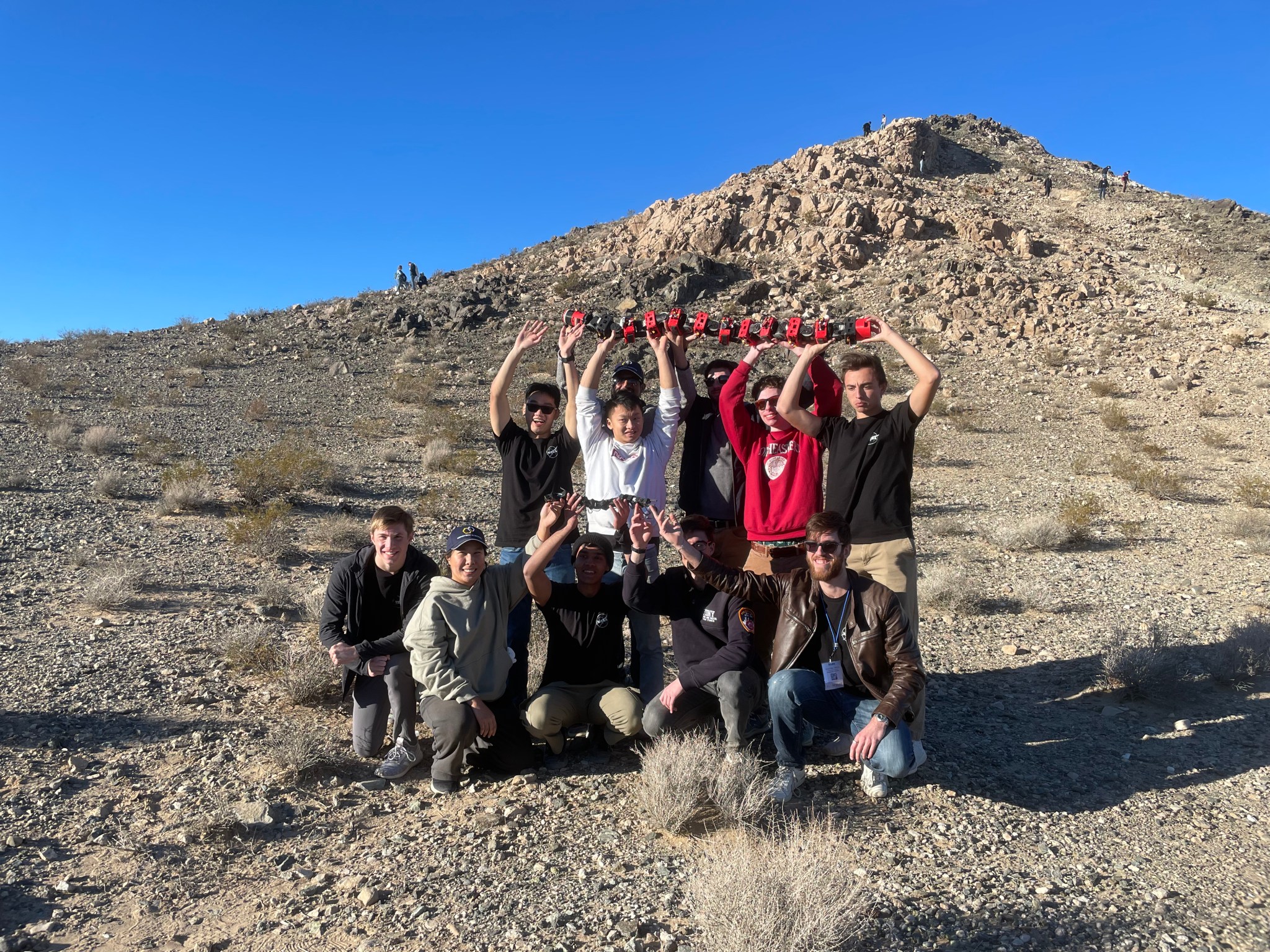
Traversing the unexplored regions of the Moon and Mars will require transportation that can reach beyond where traditional wheeled rovers can travel. Teams of university students recently demonstrated prototypes of such rovers as part of NASA’s Breakthrough, Innovative, and Game-changing (BIG) Idea Challenge.
On the Moon, the proposed Artemis Base Camp will require rovers capable of reaching caves, lava tubes, steep slopes, and other challenging locations. Artemis Base Camp will be a lunar exploration hub, allowing scientists to study the Moon and providing valuable information to extend human operations on the Moon. As human exploration efforts reach beyond the Moon to Mars, alternative modalities, or methods of movement, will be needed to enable expanded exploration beyond what conventional wheeled rovers can do.
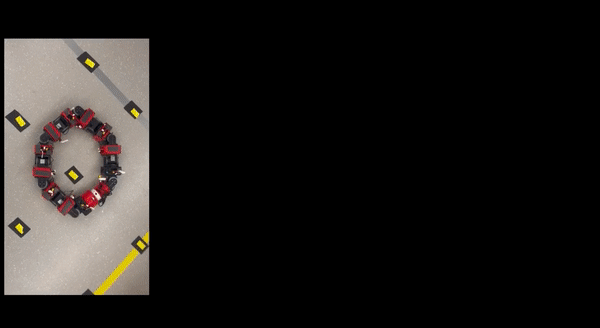
The 2022 BIG Idea Challenge asked teams of college students to develop alternative modalities for extreme terrain access in a year-and-a-half long program funded by the Game Changing Development program in NASA’s Space Technology Mission Directorate (STMD) and NASA’s Office of Stem Engagement’s National Space Grant and Fellowship (Space Grant) project.
Northeastern University earned top honors at the 2022 BIG Idea Forum in Pasadena, California, on Nov. 17. Northeastern’s COBRA: Crater Observing Bio-inspired Rolling Articulator, is a rover concept that is snake-inspired and sidewinds and tumbles, which will expand NASA’s lunar and Martian exploration toolkits. Northeastern scored highest across evaluation criteria among the finalist teams to take the top honor – the Artemis Award.
“We were hopeful – our hearts were racing, we were shaking. It was surreal that after a year of a lot of hard work, that work is being recognized by industry leaders. We’re already in conversations to keep developing the systems based on our own ideas and judge feedback. This is only the beginning for the COBRA team!” said André Caetano, Northeastern team member.
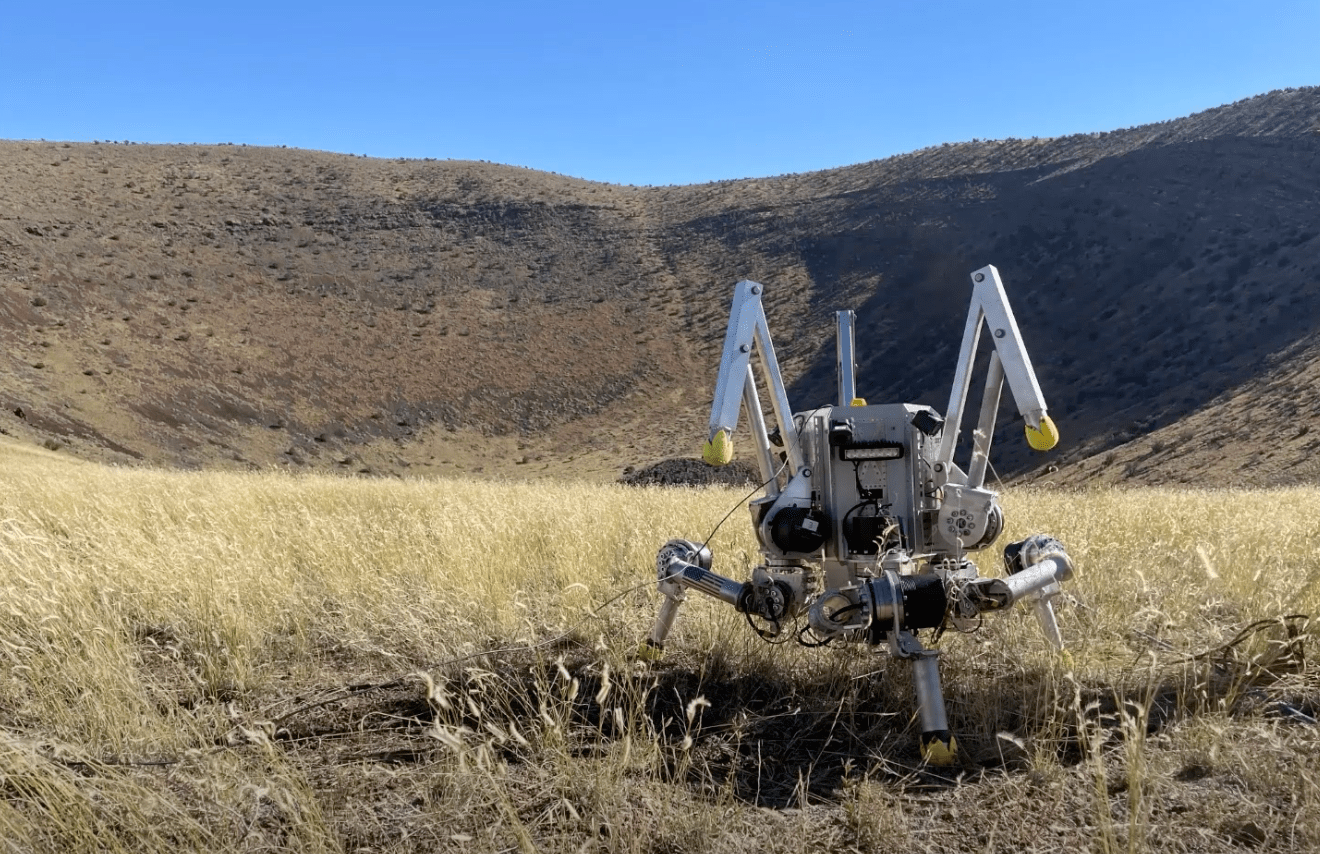
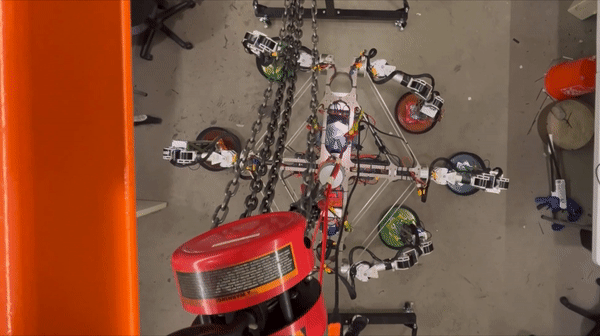
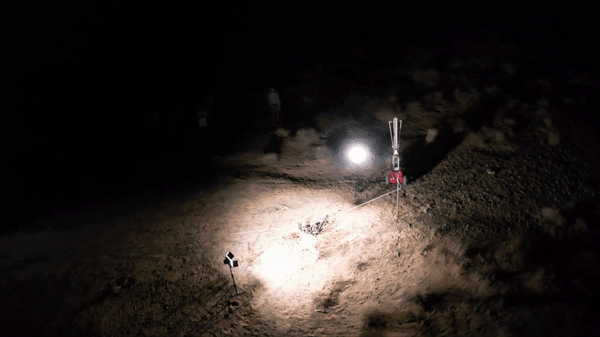
Participating BIG Idea teams could select from a wide range of mobility solutions for operating scenarios in extreme terrain categories such as:
- Fluffy/high-porosity regolith expected at the lunar poles
- Steep, rugged slopes – a state-of-the-art wheeled rover can handle slopes up to about 30 degrees
- Uneven terrain with possible ice content at the bottom of deep-shadowed craters
- Subterranean features, such as caves, lava tubes, and pits
Teams designed, built, and tested their solutions in a simulated lunar environment over the course of a year and a half of academic work. The finalist teams, chosen by a panel of judges, received NASA- and Space Grant-affiliated funding awards of up to $180,000, totaling nearly $1.2 million across the seven teams. The program concluded with an annual forum, where teams presented concepts and answered questions from judges in a one-hour format followed by an interactive poster session. NASA and aerospace industry experts judged solutions on technical innovation, credibility, and management, as well as teams’ high-fidelity verification and performance testing. In addition to the presentation, teams supplied a technical paper and technical poster that provided details on their proposed lunar dust solutions.
“These university teams did not disappoint!” said Niki Werkheiser, director of technology maturation within NASA’s STMD. “They applied incredible creativity that resulted in an array of novel approaches to a complex technology challenge. I was particularly impressed by the fidelity of the simulated testing scenarios that each team provided. The simulations clearly demonstrated that these students have the necessary skills and depth of understanding needed to increase the technology readiness and support potential future lunar missions.”
In addition to the top spot, several teams were recognized in other categories, including:
- Systems Engineering – Arizona State University’s CHARLOTTE: Crater Hydrogen And Regolith Laboratory for Observation on Technical Terrain Environments
- Best Technical Paper – Massachusetts Institute of Technology with Boston Dynamics, MassRobotics, and Robots5 for their Walking Oligomeric Robotic Mobility System (WORMS)
- Visionary Concept Award – California Institute of Technology’s Lunar Architecture for Tree Traversal In-service-of Cabled Exploration (LATTICE)
“Everything about this year’s Challenge was groundbreaking. From developing the theme to seeing teams’ work in the field, this BIG Idea Challenge is inextricably intertwined with future space exploration needs,” said Tomas Gonzalez-Torres, NASA Space Grant project manager. “It’s remarkable to see what the next generation of space exploration is capable of. We are thrilled to be able to help elevate this competition to its current state, where teams are developing real technology that could find its way – in some way, shape, or form – into future, real NASA missions. But on an even more profound level, we’re proud that this competition is inspiring such thought and innovation in young minds.”
The 2022 BIG Idea Challenge is sponsored by NASA through a collaboration between STMD’s Game Changing Development program and the Office of STEM Engagement’s Space Grant project. The Challenge is managed by the National Institute of Aerospace.
The teams’ presentations, technical papers, and digital posters are available on the BIG Idea website.
To learn more about other Artemis student challenges, visit: www.nasa.gov/stem/artemis

























